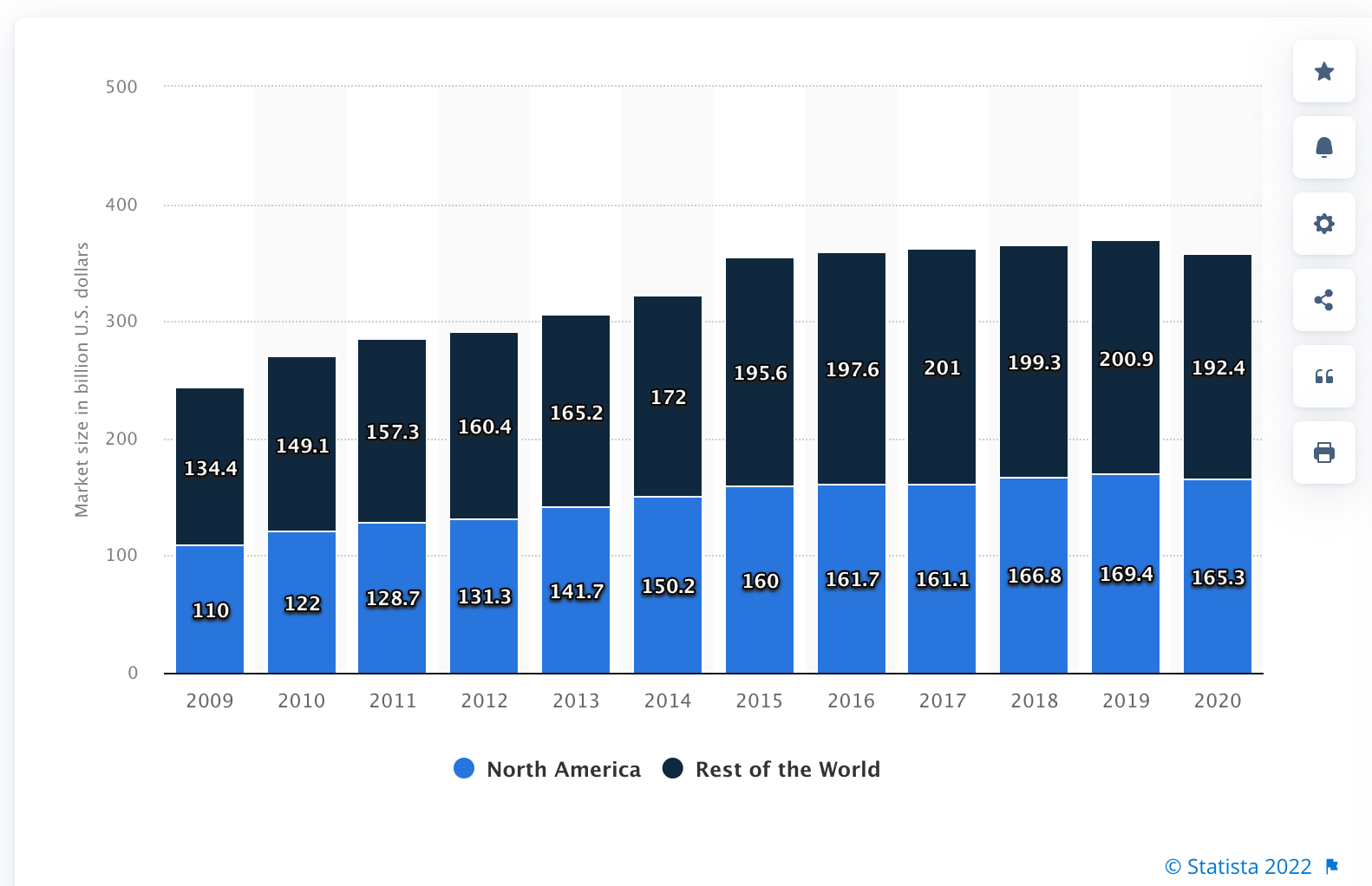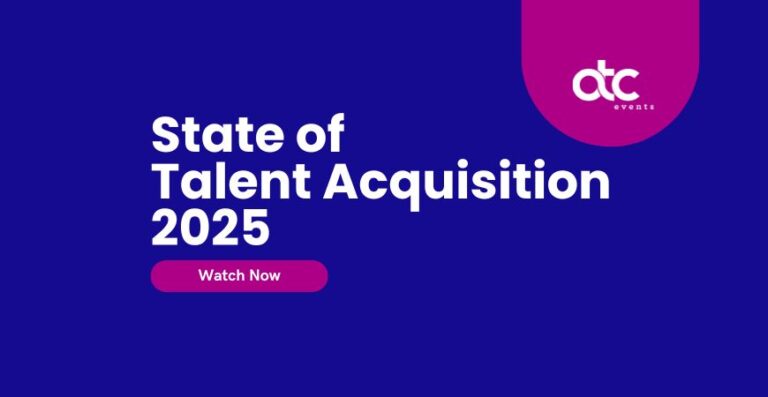Re-educating the current workforce and training the new one has become a hot topic. This is to be applauded, but it is too bad it did not come a decade sooner. A large part of the shortage of manufacturing staff, software developers, and other skilled workers has resulted from declining workplace training levels. Scott Paul, president of the Alliance of American Manufacturing, says, “The United States trails virtually all its industrial competitors in public and private spending on training.”
With a far more complex workforce comprised of regular employees, part-time workers, some-time workers, consultants, contractors, and outsourcing partners, job requirements, education, and re-education have become more complex.
Corporate Education and Our Skill Shortage
Historically, internal training programs augmented or replaced college degrees and provided firms with a source of culturally adapted and experienced people that could move to new positions as the need arose. This minimized recruiting and lowered the time spent and the cost of finding and enculturating new employees.
Many corporations, such as Philips, Unilever, Proctor & Gamble, General Electric, General Motors, and IBM, established training institutes and created in-house development programs to ensure a supply of trained workers and to engage employees with opportunities for advancement. Allowing workers to receive training and move internally showed that managers and the company cared about its people and wanted them to remain in the company.
Because of this, corporations of the mid-twentieth century had very few recruiting problems. They focused on hiring entry-level people and provided training along with expanded promotional and rotational opportunities. They needed a low volume of mid and senior-level recruiting because there was adequate internal staff, trained and familiar with the culture. Volume recruiting was primarily at the manufacturing level, but even then, turnover was reasonable and predictable, and career progression was possible,
During a brief period in the 1990s, corporate universities sprang up in many large firms with the promise of sustaining an educated workforce. But they often left out the rank and file employees, concentrating on developing managers or leaders or introducing new management concepts. In recent decades, corporations have not offered much training to blue-collar and mid-level workers. Automation, outsourcing, and more efficient processes and equipment reduced the perceived need for training or re-training. And the American H1-B visa program in 1990 permanently replaced many technical workers with cheaper foreign workers.
A Focus on Cost-Cutting and Increasing Shareholder Value
The corporate focus has been on short-term cost-cutting and increasing share prices without sufficient focus on what that might mean for the longer-term success of their business. CEOs have focused on shareholders and investors more than on their employees. There has been little commitment to employees or training because it has been cheaper and faster to hire skilled people than train existing workers.
Several other factors have also played a part in creating the skill shortage we now face. Employees who were laid off or realized their skills were either obsolete or inadequate could not find the training they needed or could not afford it. Academic institutions, which are notoriously slow to respond to emerging needs, failed to pick up on the need to educate and re-educate workers quickly.
Jobs that are not significantly changed from a decade ago now often require higher levels of education or more credentials. And, there has been a tendency to require more and more skills no matter what job function. This creeping credentialism has left many people out of the running for jobs they could do even without the credential.
The result is a skills shortage created by our policies and shortsightedness, compounded by the increasing demand for high-level skills.
Even though spending levels have risen, where and how the money is being spent is uncertain. If it were spent on developing the most needed skills, surely we would have seen an easing of the skills shortages.

Figure 1. Market size of the global workplace training industry from 2008 to 2020, by region(in billion U.S. dollars)
New Shape of Education
Traditional educational institutions have slowly adapted and now offer more online resources, shorter courses, and learning integrated with work. New online resources are also springing up, including hundreds of apps that promise to accelerate language and math skills, increase vocabulary, improve reading skills, and simulate various work activities. Online courses from a variety of sources, including traditional universities, open a world of education to anyone with a smartphone or computer.
Motivated workers can brush up on a skill, learn a new skill, practice doing an activity, or take interactive knowledge tests on a smartphone. Videos, simulations, and games provide a varied and engaging learning environment.
But these have fallen short of their promise. There was a belief before the pandemic that these programs and online and virtual learning, in general, would replace traditional classroom instruction, but there is now data that shows how ineffective this has been in practice.
The global human development index from the United Nations gives insight into what is happening, which is not good for people or organizations.

Workers are disengaged, there are skills shortages in every organization, and workers are suffering more stress and uncertainty than before the pandemic.
Much of this can be traced back to the lack of commitment to workers to keep their skills current, provide some level of job security, and show concern for their well-being and happiness. The pandemic amplified this lack of concern and has led to the “great resignation” and the “quiet resignation.” Employees complain about the lack of promotional opportunities, the barriers to moving internally, the lack of skill development, and the uncaring attitude of many managers,
The Solution
Fixing this is not a short-term or simple process. If organizations want engaged and skilled workers they need to refocus on employee care rather than on shareholders. They will need to reestablish training and development programs that build the skills they need, hire for potential rather than for experience or credentials, increase entry-level hiring to create a pool of talent that can be trained for whatever skills the organization needs, and improve internal mobility opportunities.
Virtual learning programs and tools have a part to play. When they are well designed and relevant to the work, they can replace a human teacher in imparting facts and building knowledge foundations. But they need to be integrated with a person, a fellow worker, or a manager who can provide real-life challenges and feedback. Learning is an active process, and virtual learning tends to be too much a passive one. As an example, online tools can help you build a vocabulary in a foreign language and allow you to learn basic grammar, but fluency only comes by actually speaking the language with native speakers.
Some organizations are reestablishing learning and development functions and are making it easier to move internally. They will be the ones to prosper over what remains of this decade. Recruiting needs to focus on convincing managers that developing new hires is a positive and that hiring only already skilled people is a zero-sum game.
Photo by Mr. Bochelly on Unsplash








